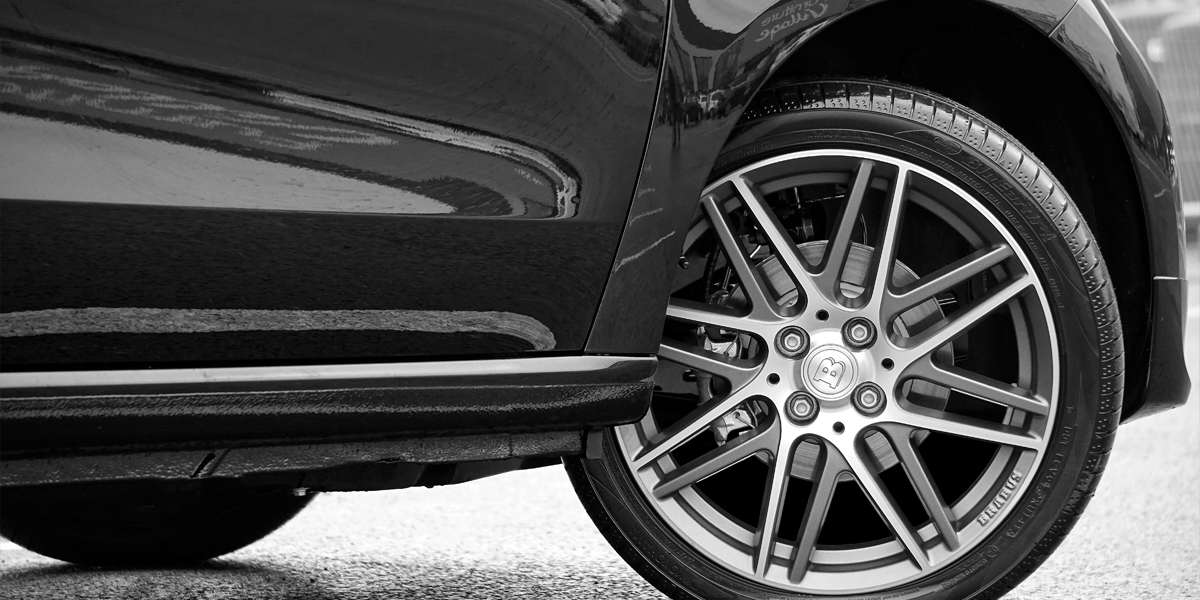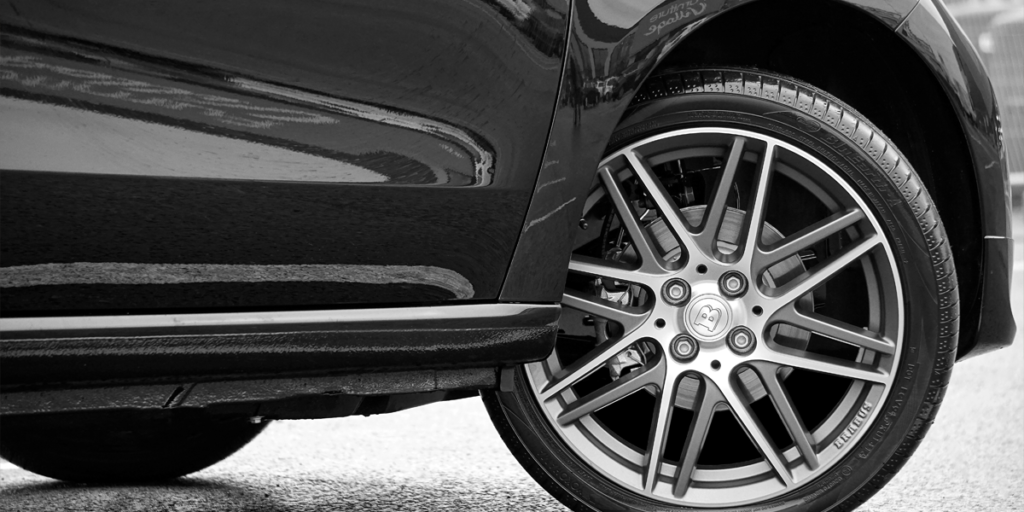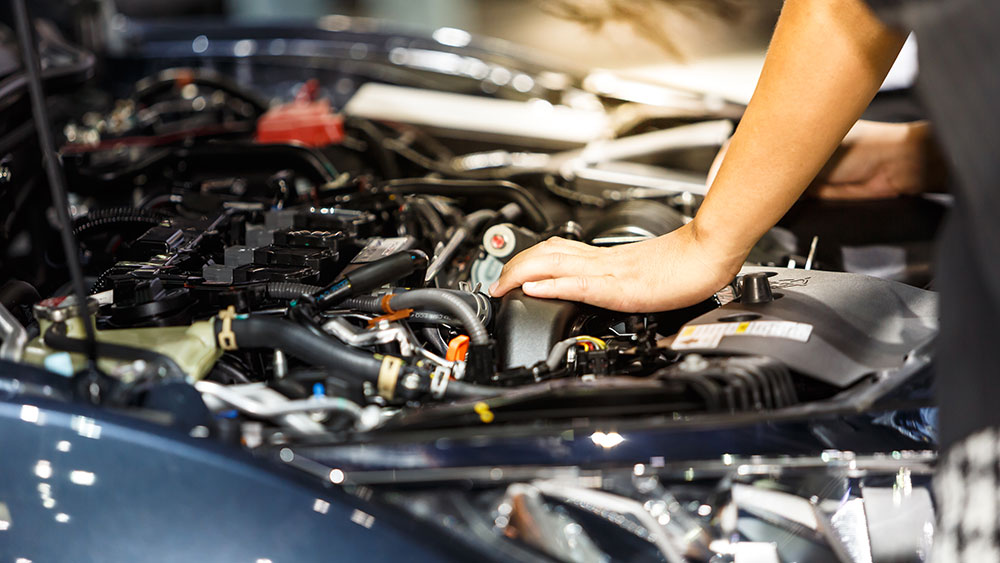Factory stock condition is good enough for most people, but if the desire to make your car unique overtakes you, it’s best to start with simple modifications and leave the engine swaps and custom suspension for later. Here are five simple modifications that you can do in your driveway—no garage or special tools required.
EXHAUST
A rowdy exhaust note has been the sign of performance for decades, and with the multitude of options for mufflers there’s no shortage of different options to create a system for just the sound you want. We do advise to be careful and not go too extreme and annoy the neighborhood or make your car virtually undrivable due to the interior noise. While rusted exhaust hardware is one of the biggest headaches of automotive repair work, it can be done while lying on the pavement with a car supported by a good set of jack stands. Just make sure your new parts bolt on before you remove the old exhaust and find out you’ll need to learn how to weld.
SHIFTER
When it comes to changes on a car, making adjustments to items that the driver directly interacts with will feel much more significant than others. A short throw shifter or other upgrades, like better bushings in the linkages, will increase the positive feel of a manual transmission shifter.
WHEELS
Changing the appearance and stance of a car can be as easy as bolting on a new set of wheels. Proper sizing is key, of course, as to not detrimentally affect the vehicles handling, but there are more tools than ever available to enthusiasts to ensure proper fitment. Additional benefits can also be gained by dropping wheel weight or changing the size to allow for more tire options, which leads to the next item below.
TIRES
Tires are one of the easiest and most significant ways to change your car’s performance. Only drive in the summer? No need for all seasons. Want authentic experience from your first-generation Miata? There is an option for that too. Needless to say, proper tire selection can make the car behave just the way you want it.
BREAKS
Modern brakes are almost always very good from the factory, but occasionally those on vintage cars leave something to be desired. Properly adjusting a set of drum brakes is a great start, but the next step is replacing parts. You don’t need big changes to make a difference. Upgrading to an improved formula brake shoe material in drum setups or a pad replacement for disc brakes can significantly improve feel and stopping power. A fluid flush and refill will also often give the brake system a refreshed feel and more confidence from the driver’s seat.
Happy tinkering!




